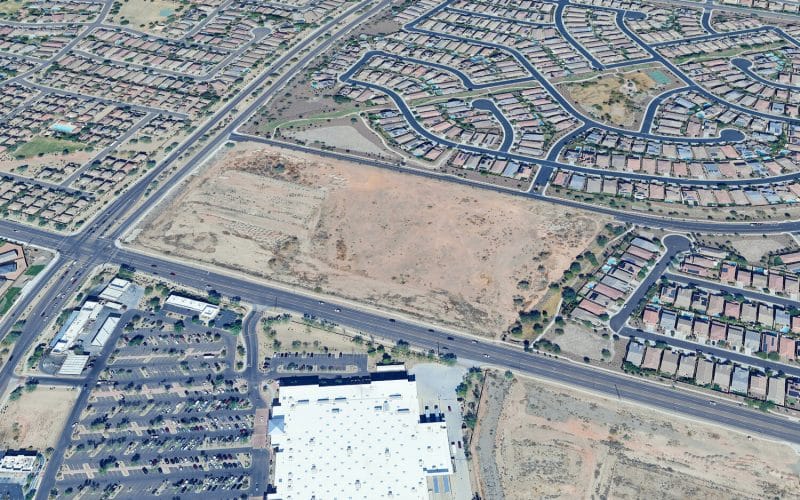Deserted rancheria adobe buildings in colorful hot rocky desert of south western Texas, USA
By Linda Baker | New York Times
Native Americans have been systematically dispossessed of their ancestral lands for more than a century, thanks to federal land-management policies. But a spate of new real estate projects highlights efforts to reclaim that territory, as tribes invest in land development in an effort to diversify their revenue base and support their members.
In Canada, for example, the Squamish Nation is behind the largest Indigenous development in North America, a mixed-use neighborhood near downtown Vancouver, British Columbia, that is projected to cost $2.67 billion Canadian dollars. In March, the Navajo Nation bought an office building in Washington, making it one of the few tribes to own property in the nation’s capital.
And in Michigan, the investment arms of two tribes, the Gun Lake and the Nottawaseppi Huron Band of the Potawatomi, recently bought McKay Tower, a commercial and residential property in downtown Grand Rapids on ancestral land.
“McKay Tower is a focal point of the skyline in Grand Rapids,” said Kurtis Trevan, chief executive of Gun Lake Investments, the business arm of the Gun Lake tribe. “It was our way to help plant a flag on lands that used to be tribally owned.”








